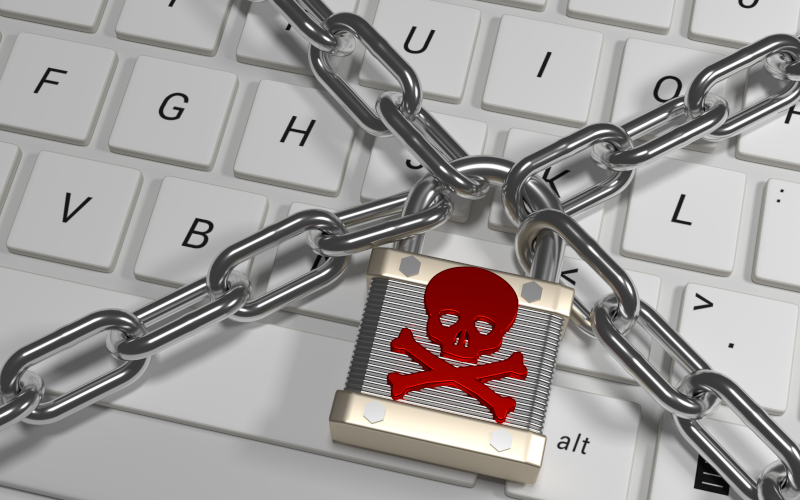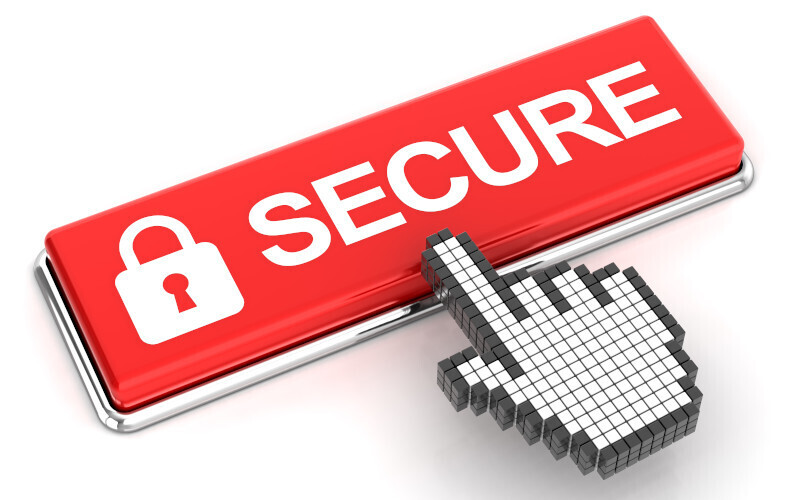Cibersecurity in the healthcare sector: features, threats and recommendations
Posted on 25/01/2024, by
Juan Díez González

After the pandemic, it has been observed that the healthcare sector has been one of the most attacked by cybercrimilas and organizations. This has generated a significant impact on the affected organitations, making it essencial to protect this sector due to its strategic nature and to achieve this, it is neccesary to understand its characteristics and the threats that affect it.
Etiquetas











